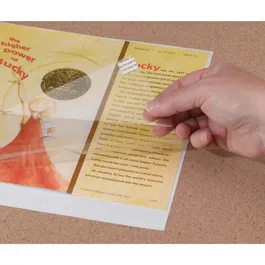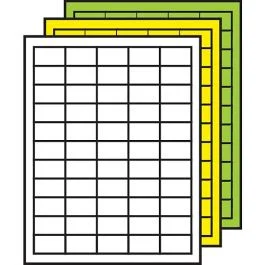Acid-free paper wraps meaning use and types?
Acid-free paper wraps are protective covers that are made of acid-free paper, which is a type of paper that is free from acidic compounds that can cause damage to books, magazines, and other materials over time. These wraps are used to protect items from damage caused by environmental factors such as light, dust, and humidity. They can also be used to provide a barrier against pollutants and other harmful materials.
Acid-free paper wraps are commonly used in libraries, archives, and museums to protect valuable and rare books, manuscripts, and other materials. They are also used in homes, schools, and offices to protect personal collections and documents.
There are several types of acid-free paper wraps available, including:
- Glassine wraps: These are a type of acid-free paper wrap that is made from a semi-transparent, grease-proof paper that is resistant to moisture and dust. They are commonly used to protect photographs, documents, and other items that are sensitive to light.
- Tyvek wraps: These are a type of acid-free paper wrap that is made from a durable, synthetic material that is resistant to moisture, dust, and other environmental factors. They are commonly used to protect items that are frequently handled or used, such as books in libraries or textbooks in schools.
- Unbuffered tissue wraps: These are a type of acid-free paper wrap that is made from a delicate, acid-free tissue paper. They are commonly used to protect delicate items such as manuscripts, maps, and other fragile materials.
- Buffered tissue wraps: These are a type of acid-free paper wrap that is made from a delicate, acid-free tissue paper that has been treated with an alkaline buffer to neutralize any remaining acidity in the paper. They are commonly used to protect delicate items such as manuscripts, maps, and other fragile materials.
Overall, acid-free paper wraps are an effective way to protect books, magazines, and other materials from damage caused by environmental factors such as light, dust, and humidity, and to extend their lifespan. They are widely used in libraries, archives, and other institutions where valuable and rare materials are stored and preserved.
Acid-free paper wraps meaning use and types? Read More »

 polypropylene covers, and acid-free paper wraps. Magazine protection can also include the use of magazine files, which are specially designed to store and organize magazines.
polypropylene covers, and acid-free paper wraps. Magazine protection can also include the use of magazine files, which are specially designed to store and organize magazines.


 help patrons locate and identify specific items in the collection, by providing information such as the title, author, and call number of the item. They also help library staff to organize and maintain the collection, by providing information such as the location of the item within the library and its status (i.e. checked out or available).
help patrons locate and identify specific items in the collection, by providing information such as the title, author, and call number of the item. They also help library staff to organize and maintain the collection, by providing information such as the location of the item within the library and its status (i.e. checked out or available).